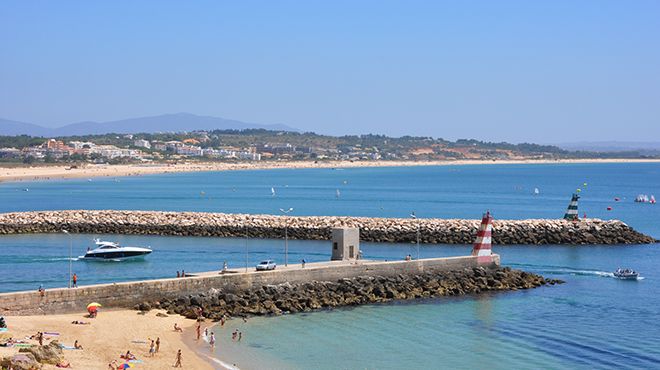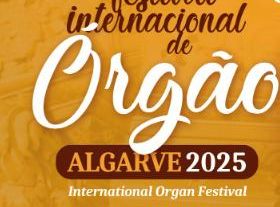Lagos

Lagos
Towns and Villages
Lagos has a long history linking it to the sea. Its original name, Lacobriga, reflects the fact that the first inhabitants of this port, in roughly 2000 years BC, were of Celtic origin. After them came the Phoenicians, Greeks and Carthaginians, but it was the Romans that brought growth and prosperity to the town. The Moors built walls around Lagos in the 10th century and gave it the name of Zawaia. They remained here until the town was conquered by the Christians in 1249 and became part of the Portuguese territory.
The 15th century was the golden age for the town of Lagos, with its immediate involvement in the period of the Discoveries. Due to the port's location, directly across from Africa, it became the major point of departure and arrival for the ships that, year after year, set sail in discovery of that continent. As an important trading centre for a range of exotic products, including the ivory, gold and silver brought from Africa, Lagos saw a dramatic increase in the number of its houses, traders and monuments at that time.
New walls were built in the 16th century to keep pace with the city's expansion, and, from 1572 onwards, Lagos became the see of the bishopric and the official residence of the governors of the Algarve. These defences were further strengthened in the 17th century with the building of a series of forts at strategic points. The earthquake of 1755 and the seaquake which followed it destroyed a large part of the city, which only began to recover its prosperity from the 19th century onwards, with the introduction of the canned fish industry and the consequent increase in trade. Today, Lagos is a dynamic and active city, which is justifiably proud of its past.
The 15th century was the golden age for the town of Lagos, with its immediate involvement in the period of the Discoveries. Due to the port's location, directly across from Africa, it became the major point of departure and arrival for the ships that, year after year, set sail in discovery of that continent. As an important trading centre for a range of exotic products, including the ivory, gold and silver brought from Africa, Lagos saw a dramatic increase in the number of its houses, traders and monuments at that time.
New walls were built in the 16th century to keep pace with the city's expansion, and, from 1572 onwards, Lagos became the see of the bishopric and the official residence of the governors of the Algarve. These defences were further strengthened in the 17th century with the building of a series of forts at strategic points. The earthquake of 1755 and the seaquake which followed it destroyed a large part of the city, which only began to recover its prosperity from the 19th century onwards, with the introduction of the canned fish industry and the consequent increase in trade. Today, Lagos is a dynamic and active city, which is justifiably proud of its past.




 Explore
Explore 
 Remember and Share
Remember and Share 


